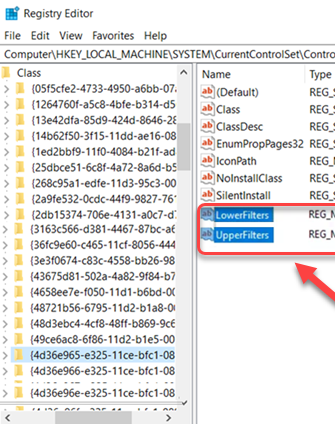

You can see the dramatic increase in utilization of the Profile Container through these screenshots. With the PVS write cache, you simply have to wait until the next device restart in order for that to be cleared out. If you’re using FSLogix Profile Containers, you can use any one of a number of shrink scripts to compress the VHD(x) files back down when not in use (I always use Jim Moyle’s script here, although there are many equally good other ones out there in the community) and reclaim that space properly. The same sort of principles apply to the PVS write cache, although as the write cache is a “system” rather than a “user” artifact, the behaviour is not an exact replica. This sounds a bit odd, but when you remember that FSLogix is clever enough to then use that “white space” before it expands the profile further, it isn’t that much of an issue. Profile Containers (and Office365 Containers, for the record) expand dynamically but then remain at the “high watermark” level if some of that space is subsequently released. The reason that FSLogix Profile Containers expand like this is because the VHD or VHDX file that you are using never actually shrinks when space is relinquished.

Firstly, you aren’t committing all of the storage in one go, and secondly, it is easy to tell whose profiles are getting close to the maximum size limit, as you can actually see how much space has been used. Now naturally, in an FSLogix environment, this problem is only observed when you are using dynamic sizing for your containers – but I think that is a pretty common configuration, for a number of reasons.

This isn’t particularly confined to FSLogix Profile Containers, either – if you are using Citrix Provisioning Services, you will also notice a dramatic uptick in the utilization of your write cache when users run Teams for the first time. The confusing thing is, in real terms, there isn’t actually that much of an increase in the DATA in the profile – it all seems to be white space. Many of those out there who use FSLogix Profile Containers have noticed that when you run Teams for the first time, there is a HUGE increase in the size of the profile. This is a basic runthrough of a problem that I ran into today whilst gathering the data for part #2 of my “ultimate guide to logon optimizations” (and apologies for the delay on getting it out there – paid work and family have an unfortunate tendency to get in the way!) The Teams mega-bloat Here’s a quick guide to getting around it! Microsoft Teams’ profile bloat is truly awful.


 0 kommentar(er)
0 kommentar(er)
